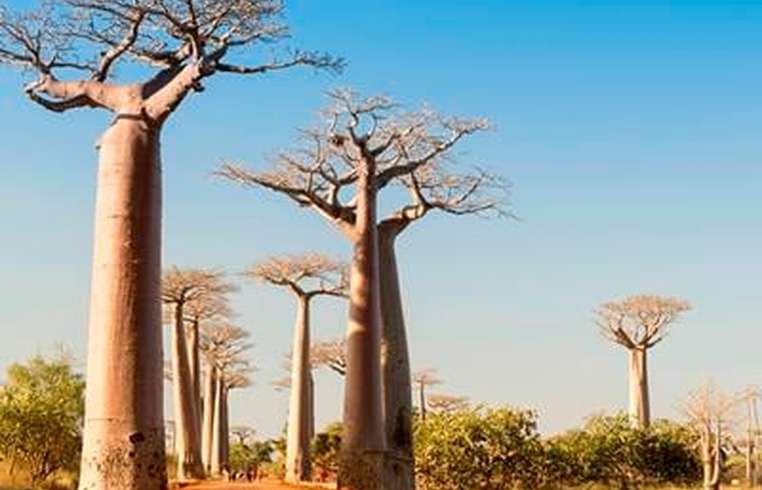
News - Mystery of ancient baobab trees’ origins solved
Business Strategy
Mystery of ancient baobab trees’ origins solved

Scientists have solved the mystery of the origins of ancient baobab trees, reports the ВВС. According to DNA studies, the iconic trees first arose in Madagascar 21 million years ago. Their seeds were later carried on ocean currents to Australia and also to mainland Africa, evolving into distinct species. The researchers are calling for greater conservation efforts for the trees, which they say may be closer to extinction than previously thought. Dr. Ilia Leitch, of the Royal Botanic Gardens, Kew, worked on the study, alongside her husband, Prof Andrew Leitch, of Queen Mary University of London. "We have been able to pinpoint the origin of baobabs, which are an iconic keystone species supporting a wide diversity of animals and plants as well as humans," she told the BBC. "And the data have enabled us to provide important new insights which will inform their conservation to safeguard their future." The researchers studied eight baobab species, six of which are found in Madagascar, one widespread across Africa, and another in northwest Australia. They are calling for a higher conservation status for two endangered Malagasy species. Baobabs are also known as "mother of the forest" in Malagasy language, the "upside down tree" and the "tree of life." These trees can live for thousands of years, growing to a huge size and storing large amounts of water in their trunks to survive through the dry seasons.






